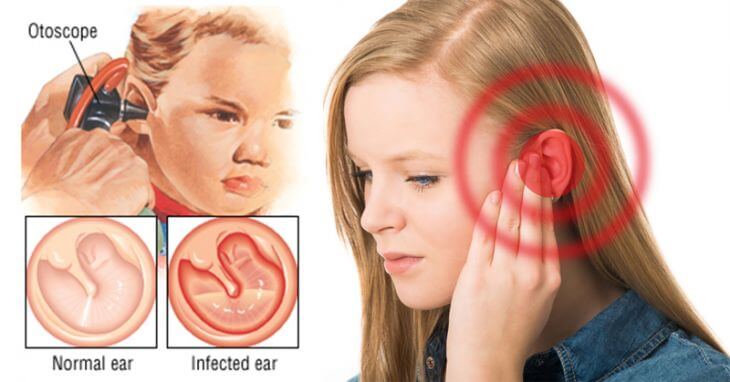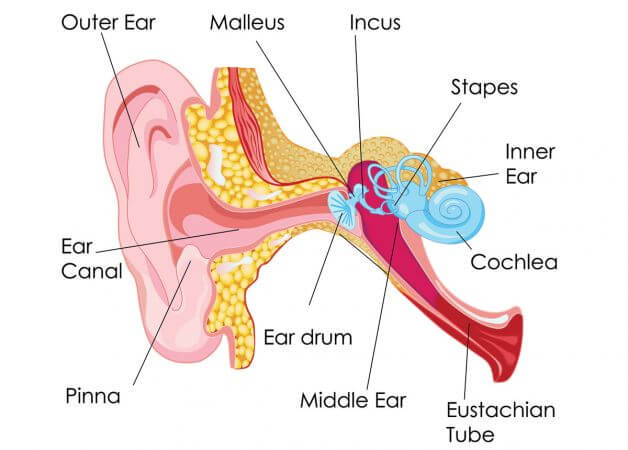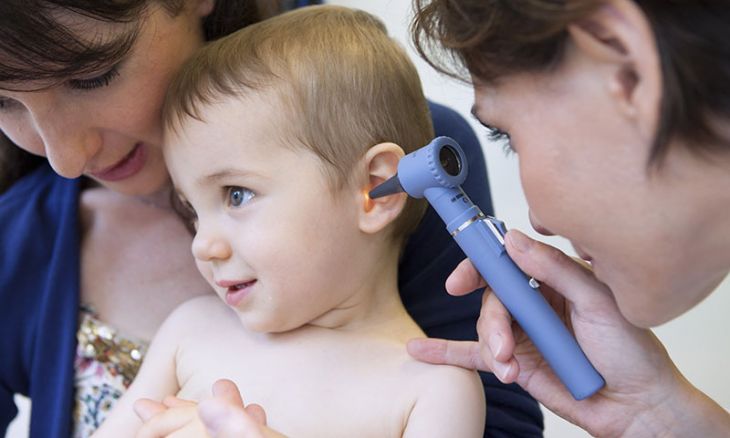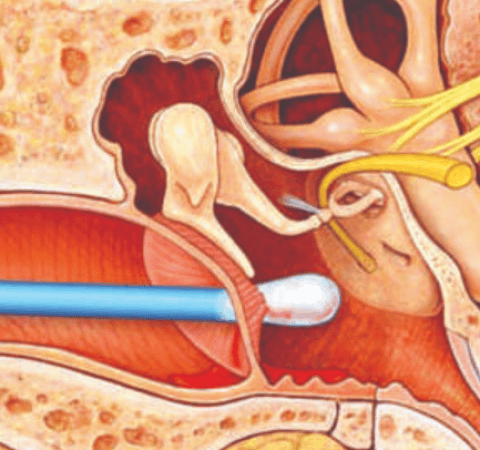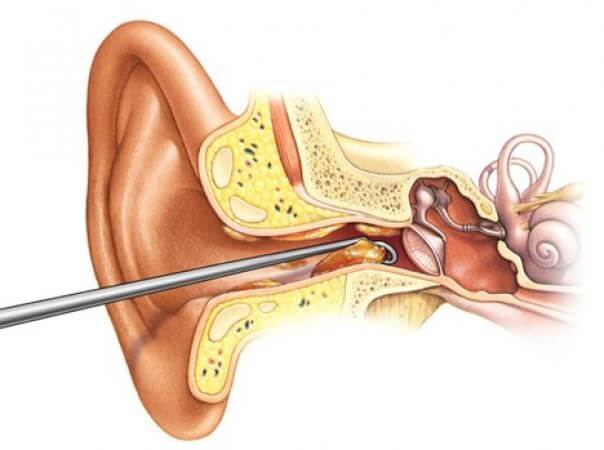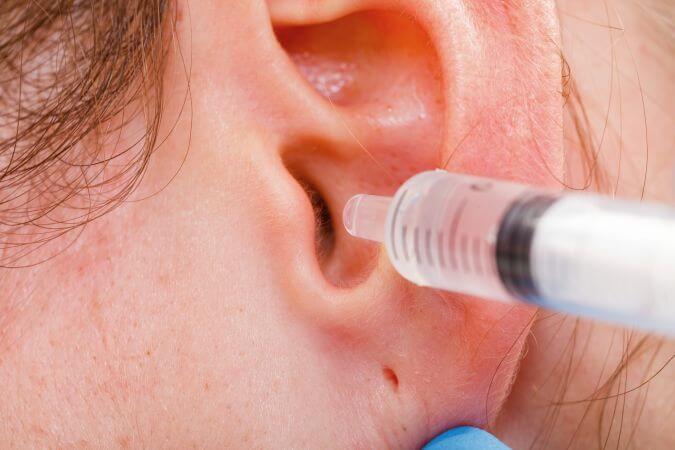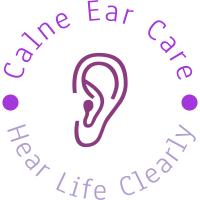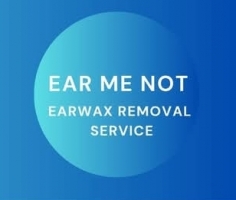Winter arrives and the cold settles in our lives. Low temperatures, inclement weather, confined spaces and extreme temperature changes can affect the health of our ears.
In addition, at this time of year, our defenses are lower and we are more vulnerable to infections, and it is very common for the ears to suffer the consequences of a bad cold and to be affected by otitis or other types of infections. So we're going to talk about the most common ear conditions in winter and we'll tell you how you can prevent them.
How is our hearing?
The ear is a complex organ, whose main function is to provide hearing and balance to the human body. It is divided into three parts: outer ear, middle ear and inner ear.
External ear: It is formed by the pavilion of the ear or auricle and the external auditory canal. This one, about 2.5 centimeters long, has short, thick hairs at its entrance; inside, sebaceous (fat-forming) and ceruminous (wax-forming) glands. In the end, it is limited by a tense membrane called the eardrum, where the waves arrive, which make it vibrate.
Middle ear: In the eardrum the middle ear begins, in which we can find the Eustachian tube and the three small vibrating bones of the ear: the hammer, the anvil and the stirrup.
Internal ear: The cochlea and the semicircular canals constitute the inner ear. The information passes from the inner ear to the brain via the auditory nerve. We are facing a maze of tangled ducts that contain fluids, related to the sense of hearing and balance.
How can we prevent the most common ear conditions in winter?
Among the ear conditions that cause most consultations in winter are ear infections.
Otic eczema is an itching of the ears in the outermost layer of the skin. In the case of otic eczema, the epidermis becomes inflamed, flaking and reddening. This inflammation is complicated if you compulsively scratch the affected area to try to calm that unbearable itching. By rubbing the sensitive skin, we inadvertently cause the inflammation and redness to increase and, sometimes, the skin to break and small wounds that can become infected.
Many people have the bad habit of introducing these cotton swabs in the ear canal to deep clean excess earwax. According to dermatologists, the use of swabs should be limited to the outside of the ear, since when introducing a foreign object into the auditory canal, you run the risk of introducing the wax plug even more or, worse, causing it to release more dermal cells that produce a greater amount of cerumen than you want to get rid of.
Some people, especially children, forget to include their ears within their daily cleaning routine.
Although it may be something unpleasant and you insist on eliminating it, the truth is that the cerumen acts as a protector of the ear canal. This secretion is produced by a series of glands that are found in the outer ear. On its way to the outside it fulfills a series of important functions to maintain the health of your ears:
Cleanser: when moving from the inside to the outside of your ear canal, it drags dirt, dust or any other material that may have accumulated.
Lubricant: its high lipid content ensures that the skin inside the ear remains hydrated, thus preventing the appearance of itching, dryness and peeling.
Protective: not only captures dust and other dirt that enters your ear canal, but also helps prevent infections by its antibacterial and antifungal properties.
In short, wax or ear wax is a natural defense of your body. However, it is important to eliminate it when there is an excess, since there are times when our system of "self-cleaning" fails, and if not accumulated it can cause a plug. The earplugs cause various discomforts such as pain, and even hearing loss, since the earwax accumulated and compressed in the outer ear exerts a pressure that prevents sound waves from easily reaching the eardrum.
Other Ear infections are also typical of winter, if you have any of the symptoms mentioned in this article, do not hesitate to go to your pharmacist in search of products that help you alleviate them or even better visit your audiologist to get a more precise diagnose.
Are you looking for ear wax removal?
Our clinic based service in Pudsey carries out microsuction ear wax removal. To find out more please view our Pudsey Clinic.
You can book an appointment online or call our Pudsey service at 01274 288184.
Our clinic based service in Bradford carries out microsuction ear wax removal. To find out more please view our Bradford Clinic.
You can book an appointment online or call our Bradford service at 01274 288184.
Our clinic based service in Solihull carries out microsuction ear wax removal. To find out more please view our Solihull Clinic.
You can book an appointment online or call our Solihull service at 01564 432 050.
Find a professional ear wax removal clinic around you !
Are your ears blocked? Browse our UK's network
of ear wax removal clinics
Our clinic based service in Solihull carries out microsuction ear wax removal. To find out more please view our Knowle Clinic.
You can book an appointment online or call our Solihull service at 01564 432 090.
Our clinic based service in Rossendale carries out microsuction ear wax removal. To find out more please view our Rawtenstall Clinic.
You can book an appointment online or call our Rossendale service at 0161 519 4433.
Our clinic based service in Mossley carries out microsuction ear wax removal. To find out more please view our Mossley Ear Wax Removal.
You can book an appointment online or call our Mossley service at 0161 519 4433.
